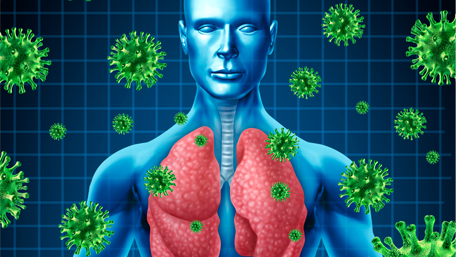
Last Posted: Apr-29-2024 11:16:43
Inequity of genetic screening: DNA tests fail non-white families more often
(Posted Apr 29, 2024 11AM)
Measuring perceived utility of genomic sequencing: Development and validation of the GENEtic Utility (GENE-U) scale for pediatric diagnostic testing
(Posted Apr 29, 2024 11AM)
Polygenic scores for longitudinal prediction of incident type 2 diabetes in an ancestrally and medically diverse primary care physician network: a patient cohort study
(Posted Apr 29, 2024 11AM)
Bird flu virus has been spreading in US cows for months, RNA reveals Genomic analysis suggests that the outbreak probably began in December or January, but a shortage of data is hampering efforts to pin down the source.
(Posted Apr 29, 2024 11AM)
Get All Hot Topics of the Day
Sign Up PHGKB Email Alert
Visit the recent scan
PHGKB News
- The new PHGKB Weekly Horizon Scan was posted. (04/25/2024)

- The new PHGKB Weekly Horizon Scan was posted. (04/18/2024)
- The new PHGKB Weekly Horizon Scan was posted. (04/11/2024)
Special Topics
- All of Us Publications
- Cancer
- COVID-19
- Diabetes
- Economic Evaluation
- Environmental Health
- Family Health History
- Health Equity
- Heart, Lung, Blood and Sleep Diseases
- Infectious Diseases
- Implementation Science
- Neurological Disorders
- Pharmacogenomics
- Primary Immune Deficiency Diseases
- Rare Diseases
- Reproductive and Child Health
Content Summary
- CDC Information (1685)
- NIH Information (7092)
- CDC Publications (5888)
- COVID-19 (47515)
- Human Genome Epidemiologic Studies (226639)
- Epigenetic Epidemiology Publications (22803)
- Genomics Precision Health (48821)
- Non-Genomics Precision Health (14903)
- Tier-Classified Guidelines (534)
- All of Us Reports and Publications (675)
- Pathogen Advanced Molecular Detection (26775)
Site Citation
- Yu W, Gwinn M, Dotson WD, Green RF, Clyne M, Wulf A, Bowen S, Kolor K, Khoury MJ. A knowledge base for tracking the impact of genomics on population health. Genet Med. 2016 Dec;18(12):1312-1314. 9
Disclaimer: Articles listed in the Public Health Genomics and Precision Health Knowledge Base are selected by the CDC Public Health Genomics Branch to provide current awareness of the literature and news. Inclusion in the update does not necessarily represent the views of the Centers for Disease Control and Prevention nor does it imply endorsement of the article's methods or findings. CDC and DHHS assume no responsibility for the factual accuracy of the items presented. The selection, omission, or content of items does not imply any endorsement or other position taken by CDC or DHHS. Opinion, findings and conclusions expressed by the original authors of items included in the update, or persons quoted therein, are strictly their own and are in no way meant to represent the opinion or views of CDC or DHHS. References to publications, news sources, and non-CDC Websites are provided solely for informational purposes and do not imply endorsement by CDC or DHHS.
- Page last reviewed:Feb 1, 2024
- Page last updated:Apr 29, 2024
- Content source:






